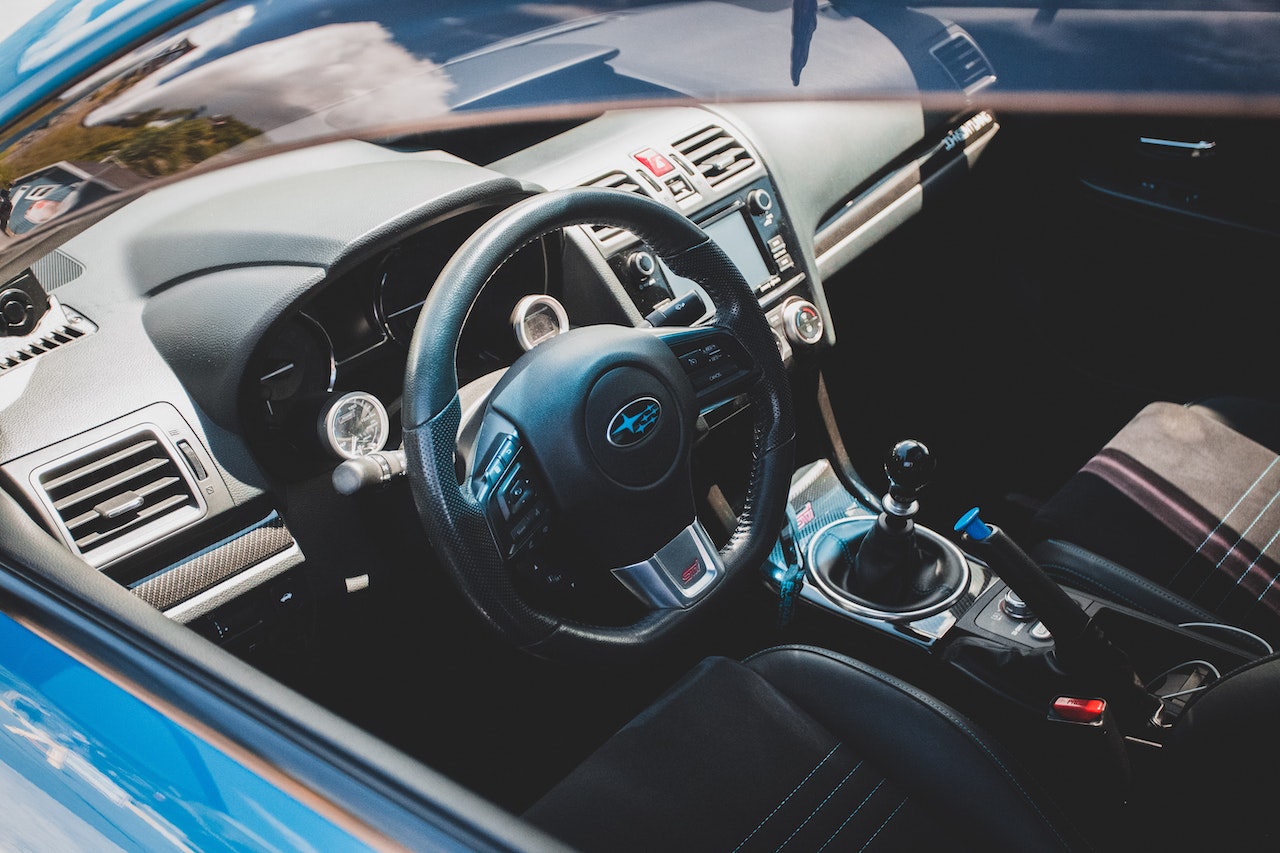How to Break in Brake Pads

When installing new brake pads and rotors, it’s essential to break them in properly. Doing so can prevent uneven “pad transfer,” which could cause juddering or vibrating when applying the brake pedal.
One of the best ways to ensure brake pad effectiveness is through a brake pad bedding procedure. This involves multiple controlled stops that evenly transfer new pad friction material onto rotors.
Brake Rotors
When installing new brake pads, it is essential to break them in properly. This involves controlled heating and cooling of the brakes so that the pads can properly seat on rotors.
In addition to the type of brake pad you choose, it is also important to be familiar with your rotors’ physical characteristics such as solid, drilled, slotted or vented designs and their heat dissipation capacities. By understanding these distinctions, you can make informed recommendations for customers and their vehicles.
Brake rotors typically wear out faster than brake pads, usually at a rate of two-to-one, which is why you should have your rotors checked and replaced regularly. Fortunately, cracks on the surface of the rotors usually indicate when they need replacing – an easy sign!
Brake Pads
Brake pads can only be effective after they have been properly broken in. This requires high temperatures and intense friction to deposit an even layer of brake pad material onto the rotor.
You should perform the break-in procedure on a safe road, away from traffic. Ideal locations for this are empty parking lots or streets where you can reach speeds of up to 65 mph without any vehicles in your way.
Once the break-in procedure is complete, repeat it as many times as necessary. Never shut off the vehicle completely as this will disrupt the break-in process.
Brake Shoes
When you press down on your car’s brake pedal, you are applying force to slow it down. This force consists of two components: brake shoes and pads.
Brake shoes sit inside a brake drum, creating friction between its inside surface and slowing down your vehicle. On the other hand, brake pads make contact with a rotor disc in order to apply braking pressure.
Both components are essential in stopping your car. Brake shoes, located inside the brake drum, offer more power while brake pads tend to be found on wheels of vehicles.
Both components are subject to wear and tear as drivers apply pressure to their brakes, so they should be replaced periodically. However, how long these last depends on how frequently drivers use their brakes and the environment in which they drive.
Brake Pedal
The brake pedal is the primary means of bringing your car to a complete halt. It’s used at red lights, stop signs, and other signal-indicating locations where you must slow down.
When you press down on the pedal, a hydraulic system transforms that force into fluid pressure in the braking lines, sending friction material from brake pads or shoes (depending on your vehicle) to rotors or rear drums at your wheels.
When this process is not properly carried out, friction material transfer can be uneven and cause vibrations in your vehicle or pulsing in your brake pedal. This may be caused by not bedding rotors and brake pads properly.